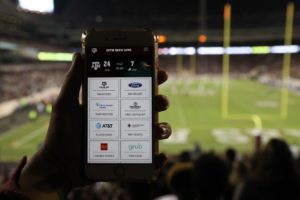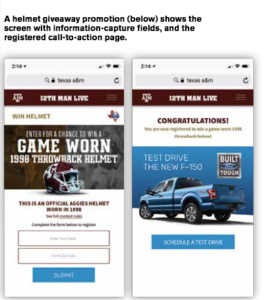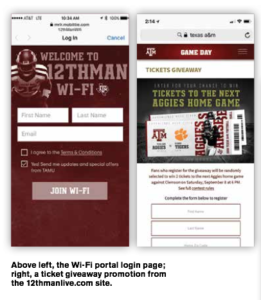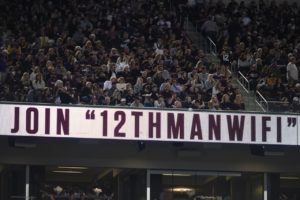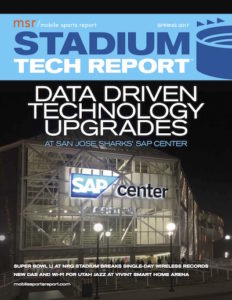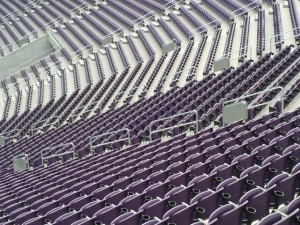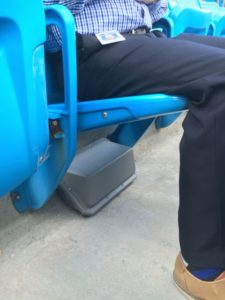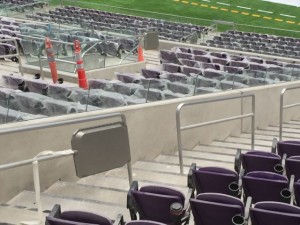Stadium Tech Report is pleased to announce our Spring 2021 issue, with a profile of the technology being deployed at FC Cincinnati’s new West End Stadium. With an eye toward making the fan experience better and safer, the Atomic Data-led deployment of Wi-Fi, entry and concessions technologies provides a robust technology infrastructure. Read our lead profile for all the details!
Our latest issue also has some forward-thinking analysis, including Bill Anderson’s essay on why Frequency Neutral Networks are the “magic” that will provide the kind of wireless connectivity users are seeking. Paul Kapustka weighs in on why concessions are going all-digital and cashless, and why that’s a good thing for everyone involved.
We are also featuring our second interview in our “Design Vision” series, this time with Kevin Devore of ME Engineers. We also have a recap of the wireless usage from Super Bowl LV in Tampa, where the reduced-size crowd still consumed data at a rate equal to past “big games.”
If you are reading on a desktop or tablet, you can view all the stories in our web magazine format.
We’d like to take a quick moment to thank our sponsors, which for this issue include Corning, Boingo, MatSing, Cox Business/Hospitality Network, American Tower, CommScope, AmpThink, ExteNet Systems and Belden. Their generous sponsorship makes it possible for us to offer this content free of charge to our readers. We’d also like to welcome readers from the Inside Towers community, who may have found their way here via our ongoing partnership with the excellent publication Inside Towers.
